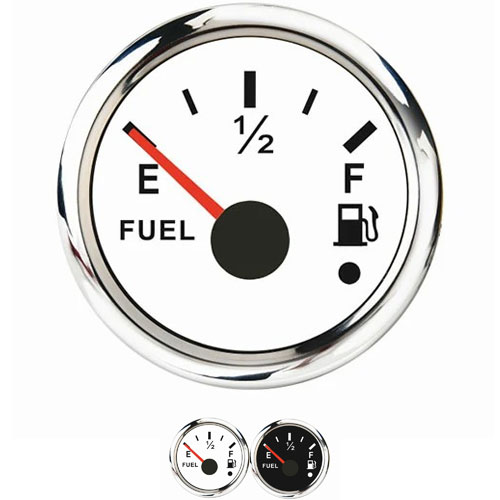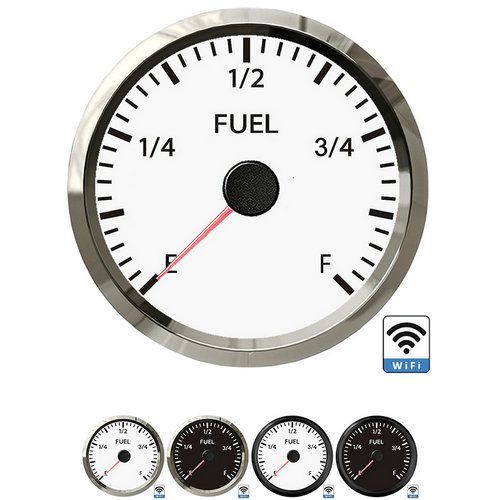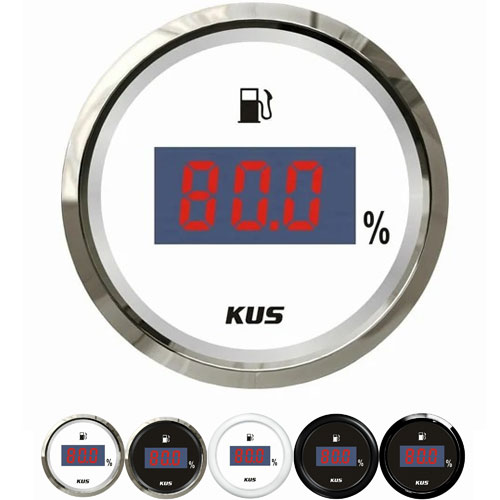mechanical fuel tank level gauge
Mechanical fuel tank level gauge commonly used to measure liquid level include connector type, bubble blowing type, differential pressure type, capacitance type, etc. ultrasonic level gauge and radioactive level gauge are used to measure material level. Its measurement principle and characteristics are as follows:
1. The connector type is the most common glass level gauge. It is characterized by simple structure, low price and intuitive, which is suitable for on-site use, but it is easy to be damaged and the inner surface is contaminated, resulting in difficult reading and inconvenient remote transmission and adjustment.
2. Buoyancy Mechanical fuel tank level gauge includes constant buoyancy type and variable buoyancy type.
(1)Constant Mechanical fuel tank level gauge
Constant mechanical fuel tank level gauge depends on buoy or float to float in the liquid and rise and fall with the change of liquid level. It is characterized by simple structure and low price. It is suitable for the measurement of various storage tanks;
(2) Variable mechanical fuel tank level gauge
Variable buoyancy type is also known as sink type mechanical fuel tank level gauge. When the liquid level is different, the volume of sink immersed in the liquid is different, so the displacement is generated due to different buoyancy. The liquid level is measured by converting it into angular displacement through mechanical transmission. This kind of instrument can realize remote transmission and automatic adjustment.
3. Bubble type mechanical fuel tank level gauge is used to measure the liquid level of open container based on the principle of static pressure.
After the compressed air passes through the filter pressure reducing valve, a certain pressure is output through the constant value device, and then divided into two ways through the throttling element: ① one way enters the conduit installed in the container and is blown out from the bottom of the container; ② The other way enters the pressure gauge for indication.
When the liquid level is the lowest, the bubble blows out without resistance, the back pressure is zero, and the pressure gauge refers to zero; When the liquid level increases, the bubble blowing out needs to overcome the static pressure of the liquid column. The back pressure increases and the pressure indication increases. Therefore, the back pressure, that is, the pressure indicated by the pressure gauge, reflects the level of the liquid level. The bubbling liquid level gauge has simple structure and low price. It is suitable for measuring the liquid level of open containers with corrosivity, high viscosity and suspended particles, but the accuracy is low.
4. The differential pressure liquid level gauge has two pressure taps for gas phase and liquid phase. The pressure at the gas phase pressure tapping point is the gas phase pressure in the equipment; The pressure at the pressure taking point of the liquid phase is affected not only by the gas phase pressure, but also by the static pressure of the liquid column. The difference between the liquid phase and the gas phase pressure is the static pressure generated by the liquid column.
 English
English 






Get a Quote / Info